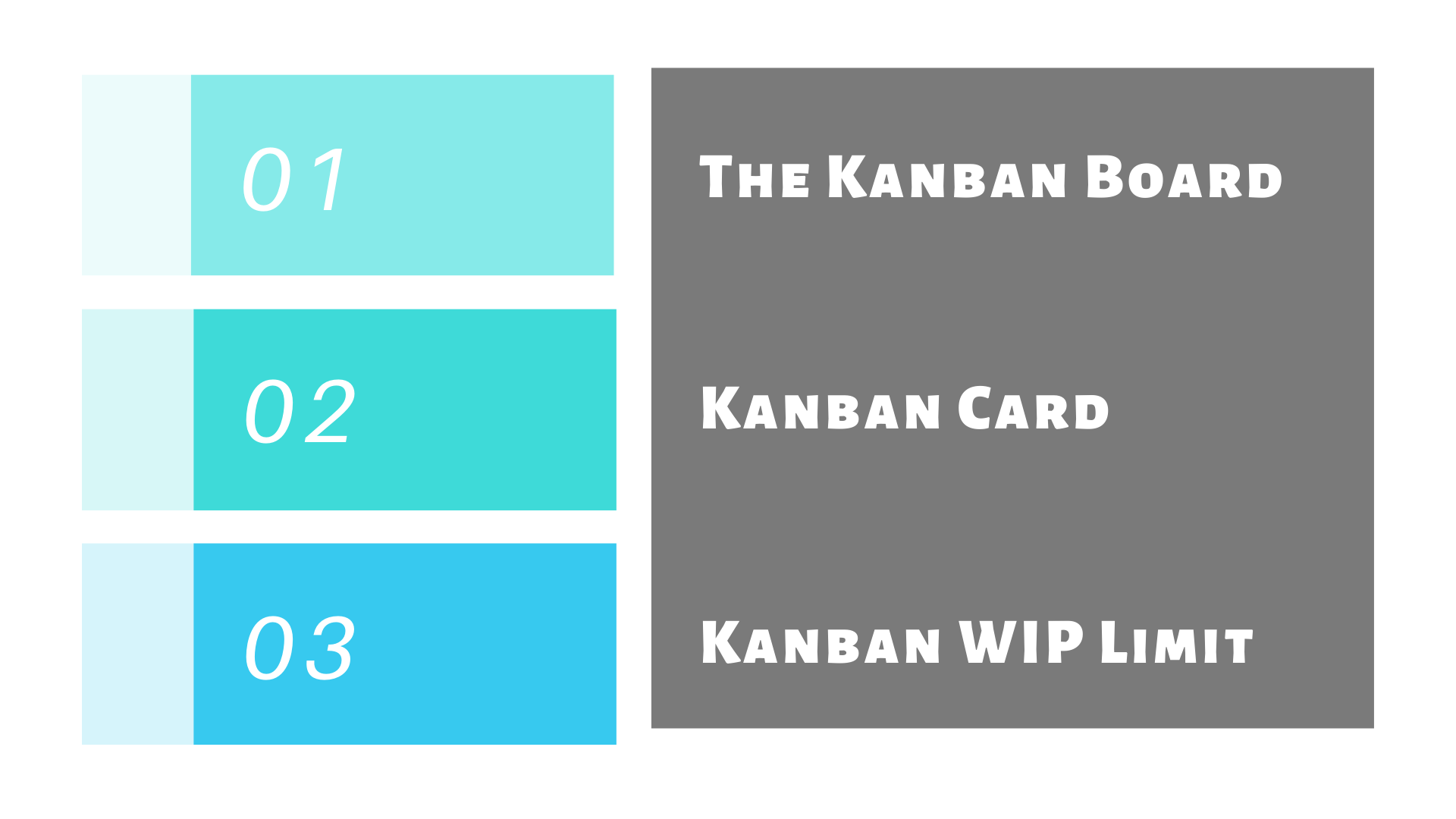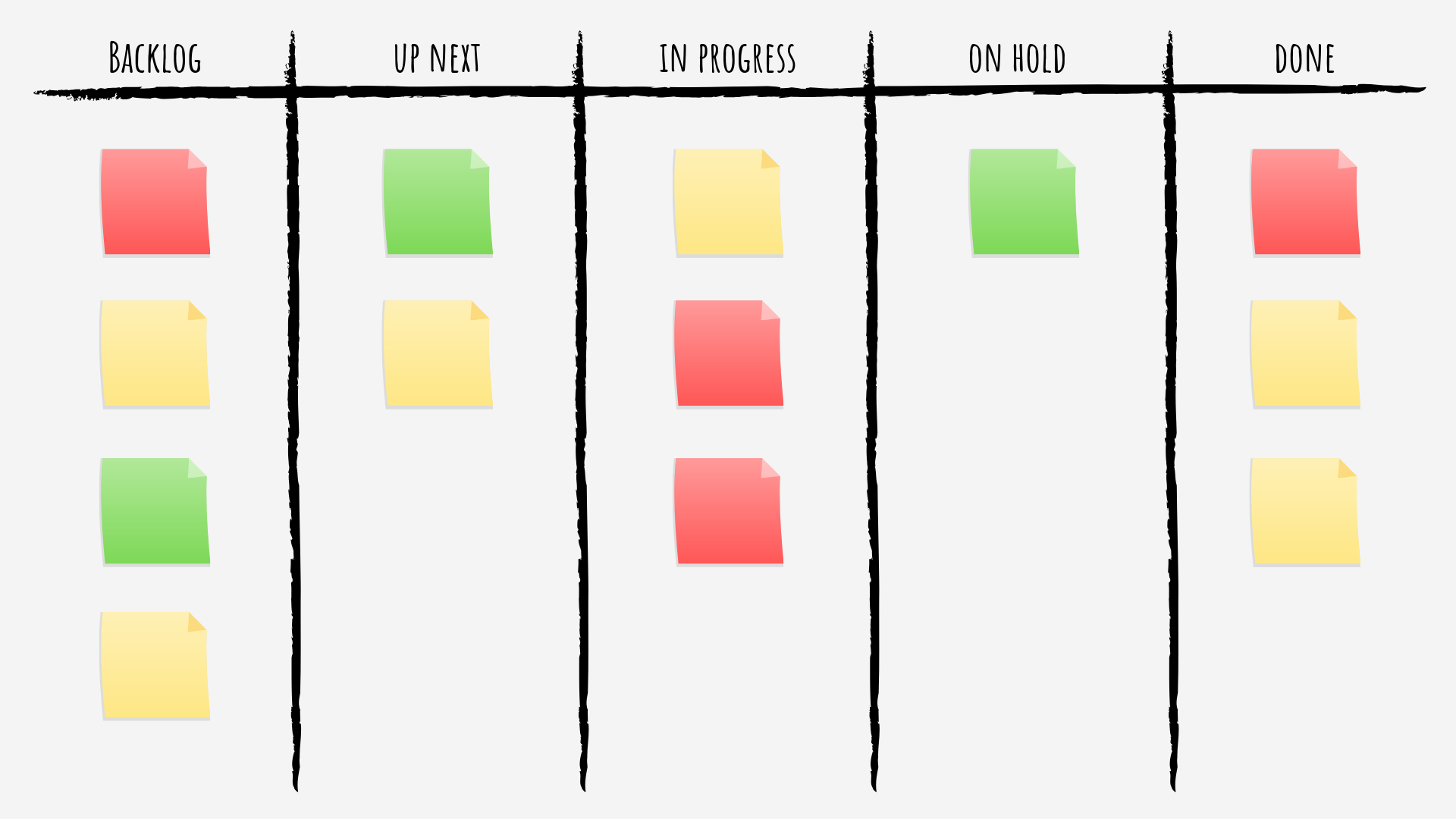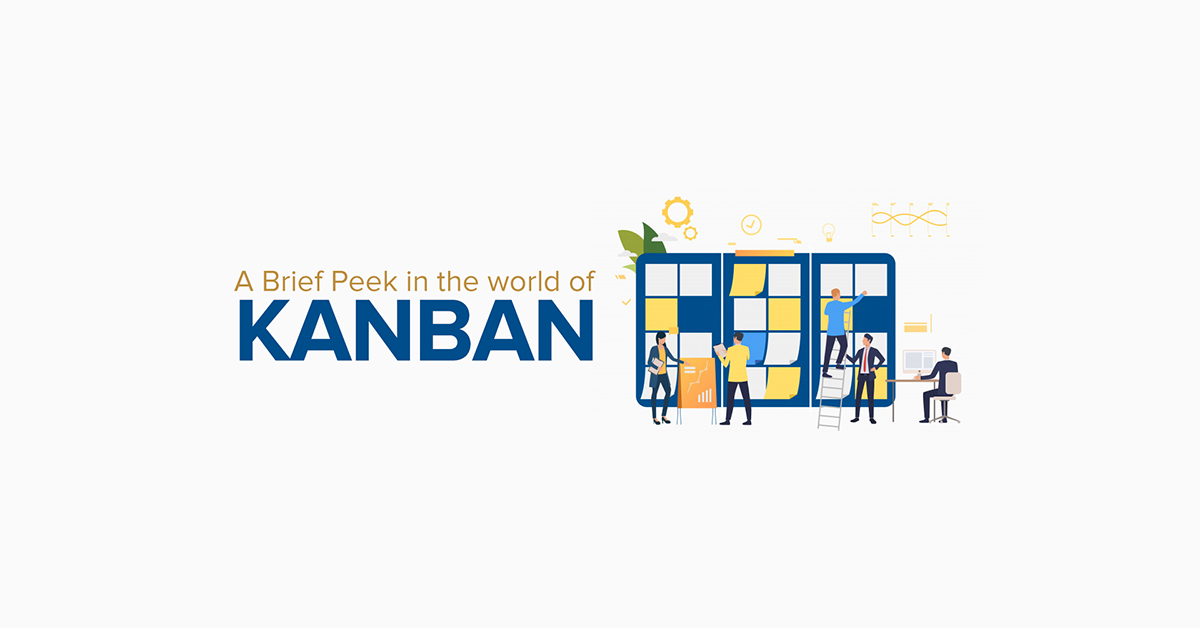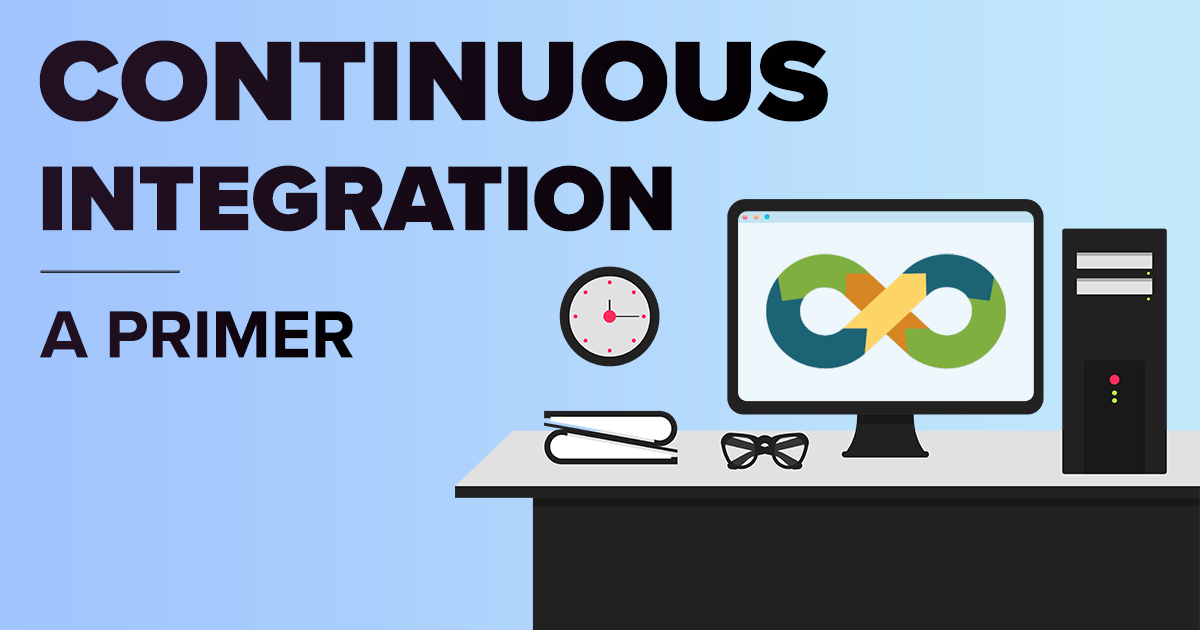A Brief Peek in the World of Kanban
November 6, 2019 11:43 am | by Jyotsana | Posted in Tech
Our daily lives have become so chaotic that it is easy to lose track of time and get almost nothing done. To obtain the most of each minute; we’ve often been told to make a task list like buying groceries, paying bills, cleaning the wardrobe, completing that pending blog, and so much more.
This art of creating a task list help in de-cluttering the work and gets the job done faster. And the agile methodology of Kanban revolves around the same idea.
It is a half-century-old concept; back in the early 1940s when Taiichi Ohno (Industrial Engineer and Businessman) for Toyota automotive in Japan got inspired by the product restocking system adopted at departmental stores in the United States of America.
Although Kanban was originally meant for better stock management at production facilities; the world of IT tweaked and utilized it as a means for project management.
This type of agile software development works on the principles of matching the backlog and the WIP with the team’s capacity, thereby effectively reducing the idle time.
It works on the pull-system, which means that the team can pick the task from the backlog as and when the work in hand gets finished.
All the work items are displayed on a kanban board which can be accessed by all the team members, and they can view the task status anytime.
This agile methodology is successful only in a transparent work environment backed by real-time communication amongst the members.
Components of Kanban
The Kanban has three main components, which are: The Kanban Board, Kanban Card, and Kanban WIP limit.

All three work together and give a detailed project overview to the Project Manager and the team.
- Kanban Board
We all have designed a task list with three basic columns:
(will)Do > Doing > Done!
The task list depicts a kanban board at its most basic form wherein a workflow process is defined; it can be as simple as the above three-steps or complex depending upon the project.
It helps the team to visualize work and maximize their efficiency. Shown below is a commonly used sample of a kanban board by organizations throughout the world.

- Kanban Card
Kanban cards in the kanban board are like sticky notes on a task list, which is moved from one column to another based on the status like to-do, under progress or done. In the kanban agile methodology, each card represents a user story.
Team members with access to the kanban board can add, edit, move, and delete cards from it. There is also an option to mark cards with colored labels based on their priority.
The team drives the card from one workflow to another based on the task development mentioned in the card. It furnishes a complete overview and standing of assignments in a project.
- Kanban WIP Limits
WIP limit in a kanban represents the maximum number of cards that can be placed below a workflow at any point in time.
Imposing this limit eliminates the practice of multitasking undertaken by team members; enabling them to focus on one job at a time, get it done, and then move ahead with the next task. Setting a WIP limit increases the number of tasks done, and also highlight bottlenecks in the workflow.
Kanban versus Scrum
Your presence here is a sign that you are aware of or at least have an idea about the Scrum.
Both are different types of agile methodologies used for better project management, and have the following variations:
| Kanban | Scrum | |
| Participants | No set roles; the entire team is encouraged to participate and work collaboratively. | Predefined roles where the Project Manager handles the development process, the product owner adds tasks to the backlog, and the development team executes the work. |
| Delivery Management | No set timelines; the work keeps happening continuously; delivery is based on the needs of the product owner. | The work is delivered in a piecemeal fashion through sprints that have a fixed timeline and aim. |
| Work Burn-down | One item at a time is picked by a team member. | A set/batch of tasks is pulled together by the team for one sprint. |
| Change Management | Allows changes to be done during the mid-stream. | Any changes during a sprint are discouraged. |
| System Adaptability | Best for projects with varying priorities. | Perfect for projects with stable priorities that will not change much over time. |
Over To You
It won’t be wrong to say that Kanban is one of the most popular and widely used methods of agile software development. But nowadays more and more IT companies are opting Scrumban; the hybrid of Kanban and Scrum.
In this technique, the company adopts Scrum to execute the work and Kanban as the lens to view areas for improvement. But whether opted alone or as hybrid, agile methodologies are paving the way for the future of software development.
By now you are aware of the use of Kanban in agile software development, but there is still a gap when it comes to prioritizing work. On what basis a task should be selected and completed first?
Well, the answer is the MoSCoW technique. If you wish to know more about this super cool task prioritization technique, then watch out this space for our next write-up explaining MoSCoW in detail.
Written by Jyotsana
Manager, Client Solutions
Jyotsana has a wide experience in customer relations in the software industry. She completed her MSc in Business Administration from the University of Amsterdam in year 2018. When not being a super awesome manager, Jyotsana likes to mentor hearing and/or vocally impaired children in a public school in the city. She believes in being kind. Her forever-passion: #saveearth




